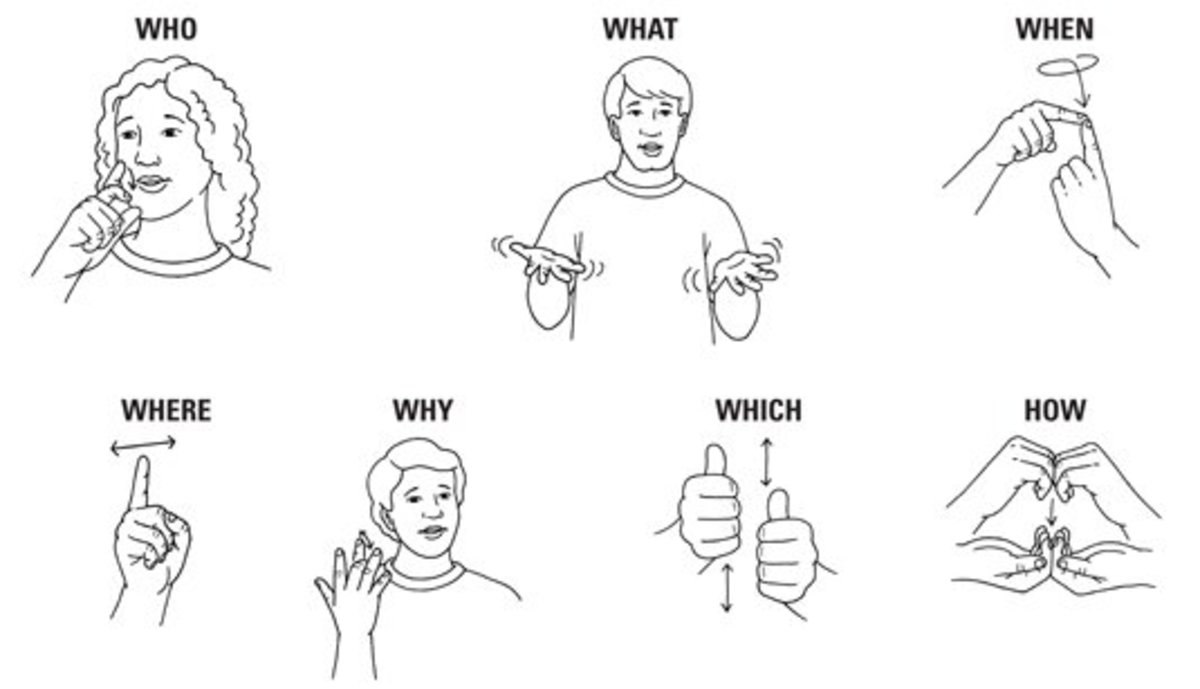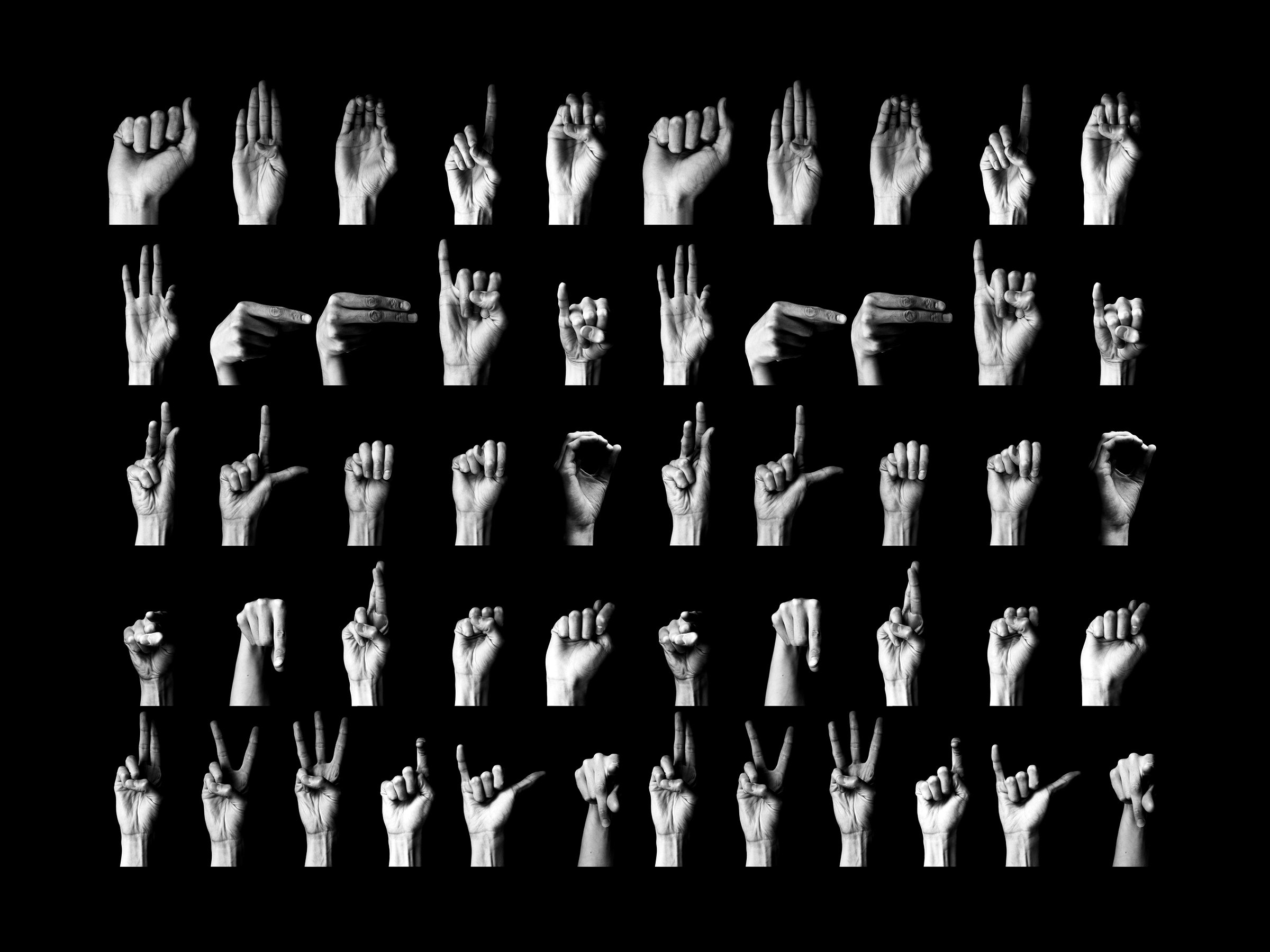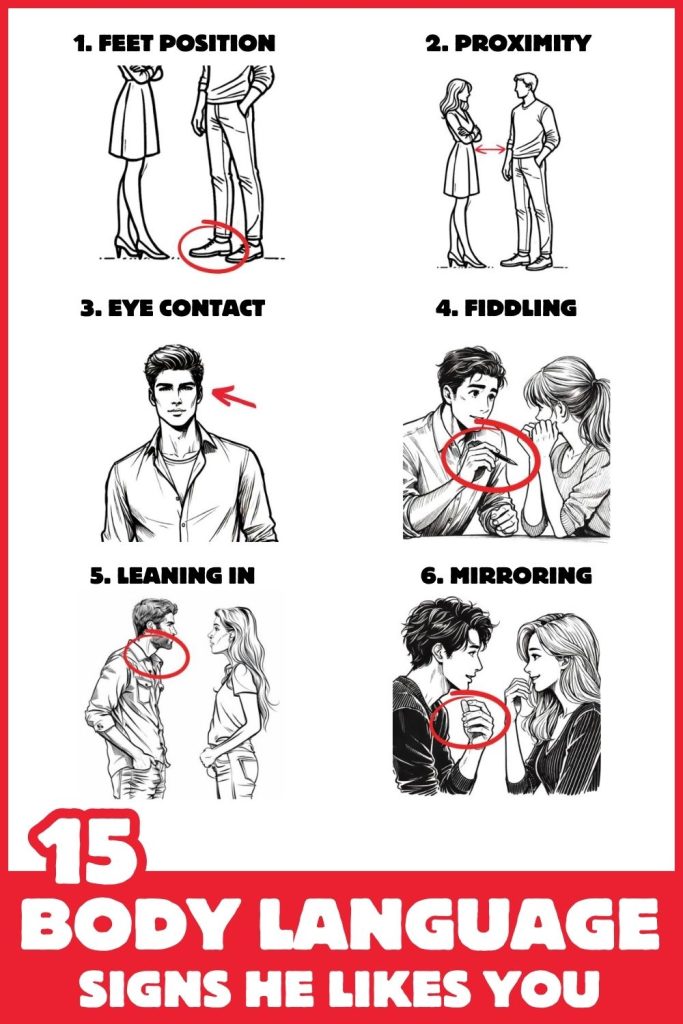Can You Learn Sign Language for Free
Yes, you can learn sign language for free. Many resources online offer free lessons.
Learning a new language can open incredible doors—and when that language is sign language, those doors often lead to deeper human connection, inclusivity, and meaningful communication across communities.
Whether you want to better communicate with deaf friends or family members, add a valuable skill to your resume, or simply challenge yourself, you might wonder: Can you learn sign language for free?
The answer is a resounding yes.
Thanks to modern technology and generous educators, you now have more free resources than ever before. This article will show you how to learn sign language at no cost, where to find the best materials, and practical tips to succeed.
:max_bytes(150000):strip_icc()/sign-language-numbers-letters-lifeprint-7e6dac833d4e44deb202b7b269cdd7e6.png)
Credit: www.lifewire.com
What is Sign Language? (Definition)
Sign language is a fully developed, natural language that uses hand movements, facial expressions, body posture, and gestures to convey meaning. It is primarily used by the deaf and hard-of-hearing community but is increasingly being learned and used by hearing individuals as well. Unlike spoken languages, sign languages rely on visual and physical expression rather than sound, making them unique and powerful forms of communication.
Each country — and sometimes even different regions within a country — often has its own version of sign language. For example, American Sign Language (ASL) is commonly used in the United States and parts of Canada, while British Sign Language (BSL) is used in the United Kingdom. These languages are not simply signed versions of English or other spoken languages; they have their own distinct grammar, rules, idioms, and cultural references. In fact, ASL is more closely related to French Sign Language than it is to English!
Sign languages are rich, complex, and capable of expressing every level of meaning — from casual conversation to highly technical discussions. They have fully developed linguistic structures, including their own syntax, morphology, and grammar systems, much like any spoken language.
Learning sign language not only bridges communication gaps but also promotes greater inclusion and empathy across communities. It sharpens cognitive skills like memory, spatial reasoning, and problem-solving. As society moves toward more accessibility and inclusion, sign language plays a vital role in connecting people across hearing and non-hearing worlds.
Why Learn Sign Language?
Learning sign language isn’t just a useful skill—it’s a powerful bridge to a more inclusive and empathetic world. Here are some compelling reasons to start your journey:
Inclusion and Accessibility
When you learn sign language, you open lines of communication with deaf and hard-of-hearing individuals who often feel isolated due to language barriers. By even learning basic signs, you create more inclusive social and professional environments, breaking down walls and making others feel seen, heard, and valued.
Many Deaf people rely on sign language as their primary mode of communication, and learning it shows respect for their culture and identity. Whether in social settings, workplaces, or public spaces, knowing even basic signs can make interactions smoother and more meaningful.
Enhanced Career Opportunities
Knowledge of sign language can significantly boost your professional profile. Industries such as healthcare, education, customer service, and emergency response actively seek employees who can communicate in American Sign Language (ASL) or other national sign languages. For example, a nurse fluent in ASL can provide much better care to deaf patients, while a teacher with signing skills can open educational pathways for deaf students.
Cognitive and Academic Benefits
Studies show that learning any second language improves brain function, memory retention, and multitasking ability—and sign language is no exception. In fact, because sign language involves spatial awareness and physical movement, it can enhance motor skills, reaction times, and even creative thinking more than traditional spoken languages.
Building Stronger Communities
By learning sign language, you become a bridge between the hearing and deaf communities. You advocate, consciously or unconsciously, for better accessibility and representation. You also get the opportunity to meet and build friendships with people you might not otherwise cross paths with.
Preparedness in Emergencies
Imagine encountering a deaf person in need of urgent help—during a fire evacuation, for example. Even basic signing could make the difference between confusion and life-saving clarity. Your knowledge can be a powerful asset during emergencies.
Top Free Ways to Learn Sign Language
Now that you’re motivated, let’s explore the best free paths you can take to start learning sign language today.
1. Online Video Lessons
Platforms like YouTube offer an incredible variety of free sign language lessons taught by skilled instructors, many of whom are deaf themselves. Visual learning is crucial when it comes to signing, and video lessons let you observe hand movements, facial expressions, and body language—core components of effective communication.
Some standout YouTube channels include:
- ASL Meredith: Meredith is a certified ASL instructor who shares highly accessible, practical tutorials for beginners and intermediate learners. Her videos focus on conversation, real-life situations, and proper grammar.
- Bill Vicars (Lifeprint): Dr. Bill Vicars, a deaf professor, offers comprehensive and college-level ASL lessons completely for free. His Lifeprint website is equally impressive, offering full curricula.
- Signed With Heart : This channel focuses on practical, everyday ASL, such as greetings, family signs, and workplace communication. The instructor’s expressive signing and captions make it accessible for all learners.
- The Daily Moth: This channel presents news updates in American Sign Language, helping you build vocabulary and comprehension in a real-world context.
Spending just 20–30 minutes a day watching and mimicking these videos can rapidly improve your skills.
2. Free Apps
Learning on-the-go is easier than ever with mobile apps designed specifically for beginners in sign language. Many of these apps offer free features, and although paid upgrades are available, you can build a solid foundation without ever spending money.
Here are excellent free apps:
- Lingvano: Lingvano provides daily micro-lessons focused on real-world conversations. The free version covers essential signs and phrases that are perfect for travelers, beginners, and casual learners.
- SignSchool: This web-based and mobile app offers thematic learning, where you can choose categories like “Food and Drink” or “Emergency Signs.” It’s a very intuitive, user-friendly platform.
- The ASL App: Created by deaf signers, this app focuses on everyday conversation and slang, giving you an authentic taste of how ASL is used socially.
- Hands On ASL (Free): This app focuses on video-based learning, with native signers demonstrating each word or phrase. It also includes fingerspelling drills and receptive practice exercises.
Make a habit of using these apps daily—while commuting, waiting in line, or during coffee breaks.
3. Free Online Courses and Websites
For more structured learning, free online courses are ideal. They offer lessons organized into modules, quizzes, and often provide a step-by-step path to conversational proficiency.
- Gallaudet University Resources: As the world’s only liberal arts college for the deaf and hard of hearing, Gallaudet offers a wealth of free learning materials, video dictionaries, and self-paced lessons online.
- Start ASL: They offer a completely free ASL 1 course, introducing essential vocabulary, fingerspelling, grammar, and conversational phrases.
- ASL University (Lifeprint): Dr. Bill Vicars’ website is a goldmine of free tutorials, lesson plans, and printable resources that follow a progressive learning structure.
- SignLanguage101 (www.signlanguage101.com): This platform offers free introductory ASL lessons with clear, engaging video tutorials. While some advanced content requires payment, the free beginner courses are excellent for building a solid foundation.
Enrolling in one of these free courses is a smart way to stay disciplined and track your progress systematically.
4. Public Libraries
Libraries aren’t just for books—they are often underappreciated language learning hubs.
At your local library, you can:
- Borrow sign language textbooks packed with visual illustrations and clear instructions.
- Check out DVDs and digital learning kits featuring guided video instructions.
- Attend free classes or workshops, especially during Deaf Awareness Month (September) when libraries often host special events.
You might be surprised by how much high-quality material is available for free once you ask your librarian.
5. Local Deaf Events and Meetups
While books and videos are helpful, real interaction is crucial. Immersing yourself in deaf communities builds authentic signing skills and boosts your confidence.
Ways to connect:
- Attend deaf coffee chats or silent dinners. Search for events on Meetup.com or Facebook groups focused on ASL.
- Participate in Deaf Expos, which are conventions featuring deaf-owned businesses, performances, and community talks. These events offer immersion experiences like no other.
- Join online communities such as the r/ASL subreddit or Facebook groups where people practice signs via video chats.
Practicing with native or fluent signers early and often will dramatically accelerate your learning curve.
6. Free Books, PDFs, and Printable Resources
For those who prefer written materials, several free guides and workbooks are available online.
- ASL Grammar Guides
Websites like Lifeprint and Start ASL offer free downloadable PDFs explaining sentence structure, non-manual markers (facial expressions), and common idioms in ASL. - Fingerspelling Practice Sheets
Printable worksheets with alphabet drills help improve finger dexterity and recognition speed. Many ASL teachers share these for free on educational blogs. - Deaf Literature and Poetry
Some organizations provide free access to Deaf-authored stories and poems, which help learners see ASL in artistic contexts.
7. Social Media & Online Communities
Engaging with the Deaf community and fellow learners is crucial for improving fluency. Social media platforms offer opportunities to practice, ask questions, and immerse yourself in Deaf culture.
TikTok & Instagram
Follow Deaf creators such as @deafinitelyawesome, @aslconnect, or @signingwithandrea for short, engaging lessons. Many influencers post themed vocabulary (e.g., “ASL for travelers” or “Signs for food lovers”).How to Learn Sign Language Effectively for Free
Reddit Communities (r/ASL and r/deaf)
These subreddits are excellent for getting feedback on signing, asking grammar questions, and learning about Deaf experiences. Many members share free resources and advice for beginners.
Facebook Groups
Search for groups like “ASL Learners” or “Deaf Culture and Sign Language” to connect with others. Some groups host virtual practice sessions or Deaf-led Q&A events.
How to Learn Sign Language Effectively for Free?
While the resources are abundant, your success depends on how you use them. Here’s how to maximize your progress:
Create a Daily Routine
Consistency is king when it comes to language learning. Rather than studying sporadically, set aside a dedicated 15–30 minutes each day to review vocabulary, practice fingerspelling, or watch a lesson. Make it a non-negotiable part of your daily schedule—just like brushing your teeth or having lunch.
Focus on Facial Expressions and Body Language
ASL isn’t just about hands—facial expressions (like raised eyebrows for questions) and body movements are grammatically essential. Watching Deaf signers helps internalize these nuances.
Practice Fingerspelling Relentlessly
Fingerspelling is your ABC foundation. Start with mastering the alphabet and practice spelling out random words you see daily: signs at grocery stores, names on street signs, or even menu items at restaurants. Building this habit sharpens your dexterity and strengthens muscle memory, making more advanced signs easier to learn later.
Focus on Everyday Vocabulary First
You don’t need to learn obscure signs at first. Instead, master the signs that will help you navigate real conversations.
For example:
- Greetings: Learn to say “Hello,” “Goodbye,” “Please,” “Thank you,” and “How are you?”
- Emotions: Pick up signs for “Happy,” “Sad,” “Angry,” and “Excited”—essential for daily interactions.
- Activities: Focus on “Eat,” “Drink,” “Work,” “Sleep,” and “Study.”
Using practical vocabulary from the start makes it easier to have your first basic conversations.
Record Yourself Signing
Self-recording is an incredibly powerful tool. When you watch yourself signing, you can spot unclear handshapes, incorrect facial expressions, or grammar mistakes that might go unnoticed otherwise. Reviewing recordings helps you self-correct and boosts your confidence.
Be Patient and Persistent
Fluency won’t happen overnight. Sign language, like any language, requires time to internalize new structures, hand movements, and non-manual signals like facial expressions. Celebrate small milestones—like having your first short conversation or understanding a video without subtitles—and remind yourself that persistence pays off.
Engage with Deaf People
Immersion is the fastest way to learn. Attend Deaf events, follow Deaf creators, or join online forums to observe natural signing.
Can You Become Fluent in Sign Language for Free?
Absolutely—up to a point. Many people achieve conversational fluency using only free resources.
By practicing daily, engaging with the deaf community, and consistently challenging yourself with real conversations, you can develop strong signing skills within 6 to 12 months.
However, true professional-level fluency—needed for interpreting, advanced education, or complex dialogue—might eventually require paid courses, certifications, or mentorships. Still, the groundwork you lay through free learning can save you thousands of dollars and years of time.
Common Mistakes to Avoid
New signers often stumble into a few traps. Avoid these pitfalls to make your learning smoother:
Skipping Grammar
Sign language is not simply English on your hands—it has its own unique grammar. For example, ASL often follows a topic-comment sentence structure rather than subject-verb-object like English. Ignoring grammar leads to confusion and misunderstanding, even if your vocabulary is strong.
Neglecting Facial Expressions
Facial expressions are not optional—they’re essential! In ASL, your facial expressions indicate whether you’re asking a question, giving a command, or expressing emotion. Without them, your communication will seem flat or even unintentionally rude.
Developing Sloppy Signing Habits
It’s easy to fall into bad habits when practicing alone. Incorrect hand shapes, movements, or placements can completely change the meaning of a sign. Always learn from reputable sources and periodically review your technique against professional examples.
Staying Isolated
Language is social. If you only practice alone with apps or videos, you’ll struggle when it’s time to communicate in real-world scenarios. Find a conversation partner or join a community early.
Challenges of Learning Sign Language for Free
While free resources are invaluable, they come with limitations:
- Lack of Personalized Feedback
Without an instructor, you might reinforce incorrect signs. Consider joining free practice groups or asking for feedback in online communities. - Inconsistent Quality
Some free materials may be outdated or taught by non-native signers. Stick to reputable sources like Gallaudet or ASL University. - Limited Advanced Content
Most free courses cover basics but not specialized vocabulary (e.g., medical or legal ASL). Supplement with Deaf-led workshops or paid courses later.
Solution: Combine free resources with occasional tutoring or community college classes for structured learning.
Can You Learn Other Sign Languages for Free?
Yes! Beyond American Sign Language (ASL), there are free resources for many national sign languages:
- British Sign Language (BSL): Offers online courses, free dictionaries, and video tutorials.
- Auslan (Australian Sign Language): Provides free video dictionaries and beginner courses.
- Libras (Brazilian Sign Language): Apps like Hand Talk help beginners learn Libras through Portuguese translations.
Each language is distinct—learning ASL doesn’t automatically mean you’ll understand BSL or Auslan—so choose your path depending on your location or goals.

Credit: discover.hubpages.com
Frequently Asked Questions
How Can I Learn Sign Language For Free?
You can learn sign language for free through online courses, YouTube videos, and mobile apps. Many websites offer free resources and tutorials.
Are There Free Sign Language Courses Online?
Yes, many websites offer free sign language courses online. Websites like ASL University and Start ASL provide comprehensive lessons at no cost.
What Apps Teach Sign Language For Free?
Several apps teach sign language for free, including The ASL App, SignSchool, and Marlee Signs. These apps offer interactive lessons and practice exercises.
Can Youtube Help Me Learn Sign Language?
Yes, YouTube is a great resource for learning sign language. Many channels offer free instructional videos and practice sessions.
Conclusion
You don’t need a hefty bank account to start learning sign language.
Thanks to generous educators, libraries, apps, and communities, you have all the tools you need—for free—to develop this life-changing skill.
Commit to a daily practice, immerse yourself in real conversations, and stay patient.
Every sign you learn is a step toward connection, empathy, and a more inclusive world.
So, why wait? Start learning today—your hands (and your heart) will thank you. Remember, consistency is key. Happy learning!

